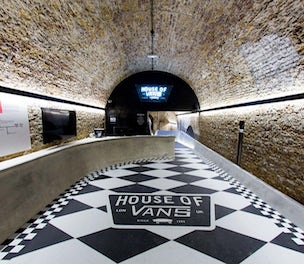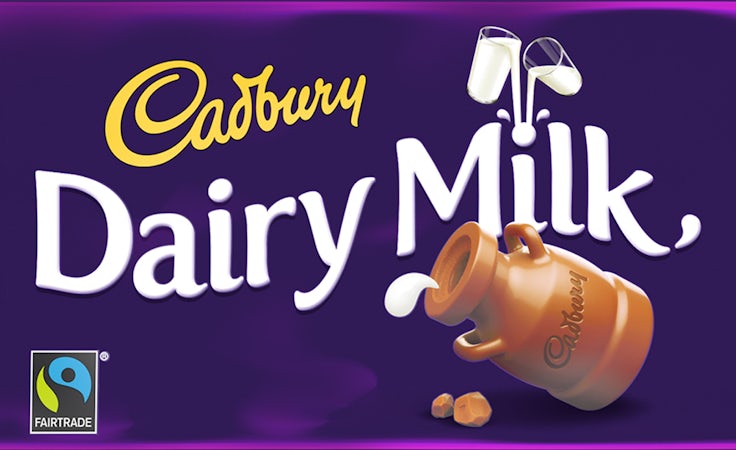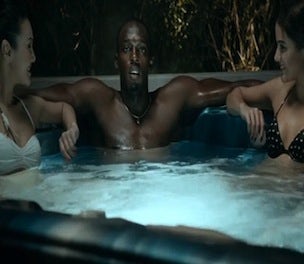Diageo believes in the power of design
Those familiar with my previous columns will know that I am passionate about brands having a rewarding relationship with consumers. I have talked about how this can be achieved through creating a real value exchange, or by the power of the personal touch; but one element that can never be overlooked is how brands can accomplish this through design and physical differentiation.

To maximise the potential for consumers to buy our brands we need to start by understanding what makes our brands meaningful and differentiated for people. A tangible difference can make it easier for consumers to select your brand over another and for them to rationalise their decision. It can also enable a brand to secure a price premium over competition.
Functionality and design
Some brands are functionally new and different by design and deliver a tangible consumer benefit. A great example is the Dyson vacuum. The company’s success did not happen by accident – tangible, functional and aesthetic differentiation was built in from concept creation.
The physical research team at Dyson taps into individuals’ frustration with products that have poor functionality to create innovative products that work properly. Each one is designed from the inside out, starting with the function, not the form, and often uncovering a radical category-defining design in the process. The Dyson cyclone technology has become the benchmark of excellence in vacuum cleaners. It also has the added benefit of looking different and technologically advanced and therefore is a recognisable design statement that triggers an emotional response.
For those companies without sophisticated physical research teams, the Behavioural Design Lab could provide a solution. This is a collaboration between Warwick Business School and the Design Council and exists to unite behavioural science with design-thinking. At the heart of behavioural design is the belief that if organisations adopt experimentation and creative thinking, they will uncover radical ideas, design better products, services and places that change behaviour and improve lives. If you give it a try, you may create the next Toyota Prius!
For many brands, the differentiation needs to come from creating an emotional halo around the brand or developing and highlighting an aspect of the brand experience. The power of design to enhance experience was used to great success with the Tanqueray gin brand.
In Spain, people want to enjoy their gin in a long, refreshing drink and so they consume Tanqueray in large glasses filled with lots of ice. Witnessing this behaviour led the Tanqueray team to develop the ‘copa’ glass, a large bowl-shaped glass on a stem. This was introduced globally as the perfect way to serve Tanqueray, replacing the small highball glass that is synonymous with the way your parents drank gin and tonic. The copa glass presents a completely different drink experience, and offering Tanqueray in this way has increased sales of the brand and increased brand meaning and differentiation.
Rewarding relations
Creating a rewarding relationship with consumers is about offering something that enhances their lives. Whether it is motivated by finding a solution to a frustration or the quest to redefine the constraints of a category, or even just creating a positive emotional glow, your brand’s design can ultimately change consumers’ expectations and perceptions, drive brand meaning and create growth.
Kathy Parker is one of Marketing Week’s Vision 100, in association with Adobe. Find them all here.






